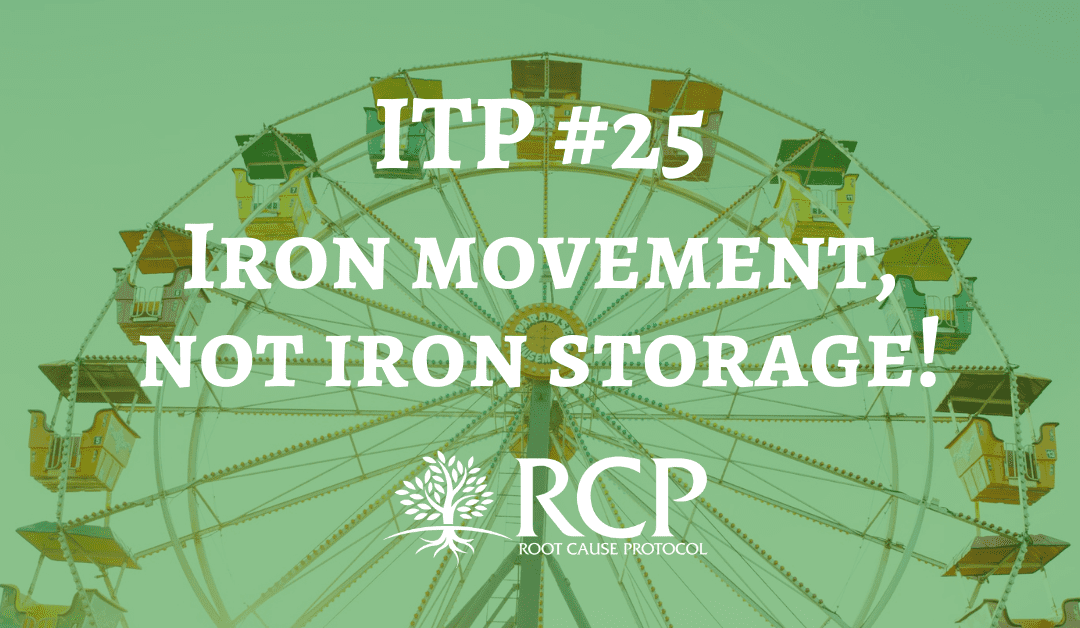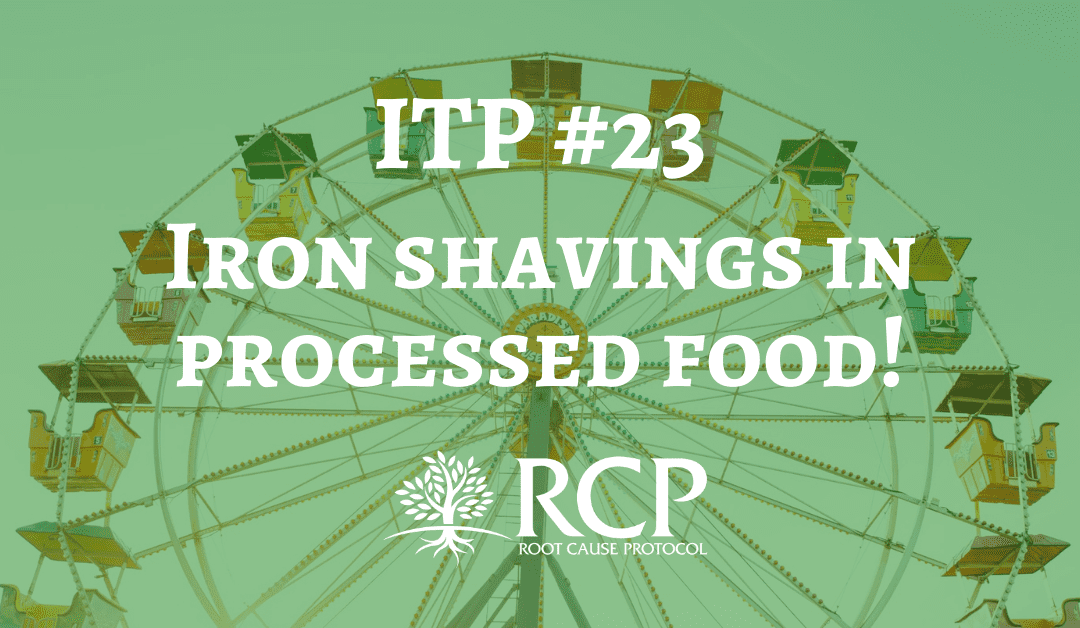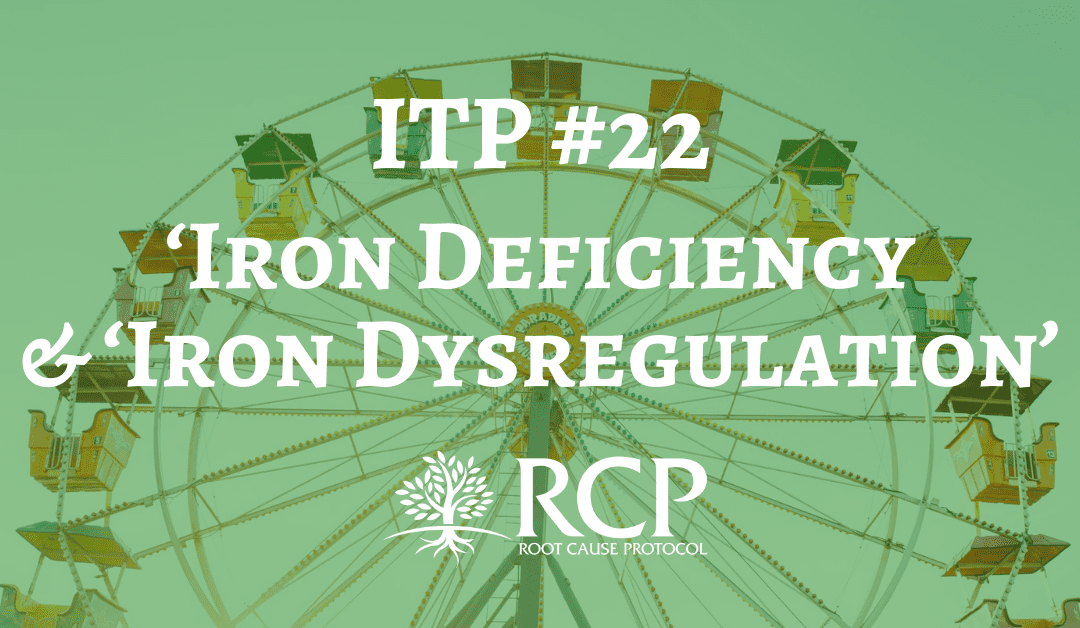
Iron Toxicity Post #25: Iron movement, not iron storage!
Why I obsess over ceruloplasmin (Cp)!
Harris, Z.L. et al. (1999). “Targeted gene disruption reveals an essential role for ceruloplasmin in cellular iron efflux.”
https://www.ncbi.nlm.nih.gov/pmc/articles/PMC17965/pdf/pq010812.pdf?fbclid=IwAR2j0m21tSZV0M8COPG_BUvlNdAyfKQoNDRLZQ4CrDkgYxipTyYUgHpBaZg
What this ironic drama is all about is:
“…Impairment in the rate of iron efflux from storage site”
That means liver, spleen and bone marrow. The goal is iron movement (Cp level), and not iron storage (ferritin only level).
Please take the time to read the discussion slowly. Most of all, please rethink your iron status.
All is not as it seems.
My take, iron metabolism is all about active red cell recycling, and not about static iron storage.
My focus is entirely on iron mobilization, which is what Mother Nature intended. I truly doubt that folks are iron deficient, it is far more likely that they are dealing with iron dysregulation that is demonstrated in anaemic levels of Cp.
Translation:
- One of the most elegant re-cycling programs on the planet is the re-use of the iron for new red blood cells (RBCs). These RBCs are intended to last 120 days.
- Proper iron metabolism is all about movement of iron, not storage of iron. Ferritin only focused perspective is very common.
- Ceruloplasmin (Cp) is the key catalyst to ensure iron mobilization. The early pioneers of iron research (Holmberg, Laurell, Frieden, Osaki, etc.) were all reverential about the importance of Cp to ensure proper Iron movement to prevent oxidative damage from stored iron.
- Too little Cp = too much-unbound iron that has the potential to create rust (as known as oxidative stress) which gums the gears of our metabolism and creates symptoms that get labeled and are treated with toxic Rx medications, none of which solve the underlying problem. Ironic?
- Cp is key to successful neurotransmitter creation, proper activation of biogenic amines (especially vital amines we call vitamins), the regulation of histamines, keeping blood free of oxidants, and ensuring proper function of Complex IV in the mitochondria so that adenosine triphosphate (ATP) can be made, to name but 5 of the 300+ functions that Cp ensures in our body, each and every day.
And as we age, it is the build-up of iron-induced oxidative stress; around the mitochondria; that lead to the lowered production of ATP, and thus Magnesium-ATP.
- Iron affects the function of cytochrome c oxidase (Complex IV).
- Iron affects the presence of magnesium in Complex V.
A votre sante!
MORLEY M. ROBBINS
For Facebook discussion:
https://www.facebook.com/groups/MagnesiumAdvocacy/permalink/988003004601102/





